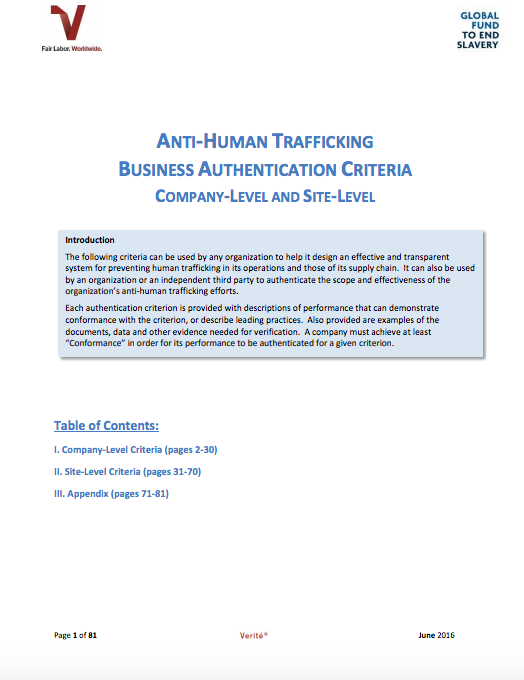Corporate Human Rights Benchmark 2022: Insights Report
News & AnalysisGuidanceStandards & Codes of ConductThe Corporate Human Rights Benchmark (CHRB) assessed three sectors in 2022: food and agricultural products (57 companies), ICT manufacturing (43 companies) and automotive manufacturing (29 companies). The revised CHRB methodology devotes more at...Read More

